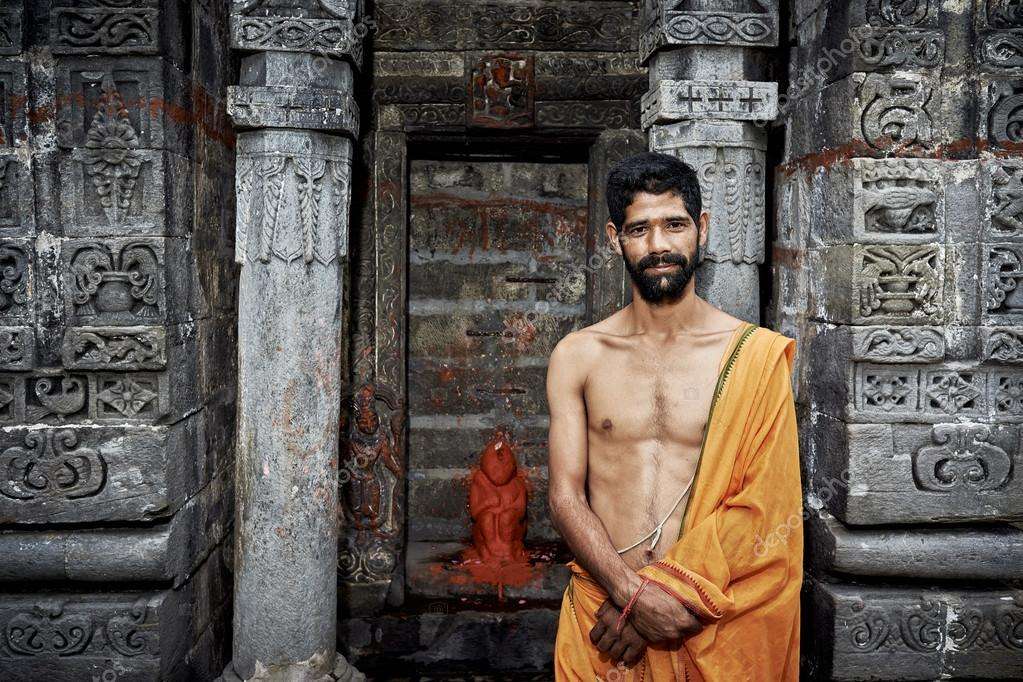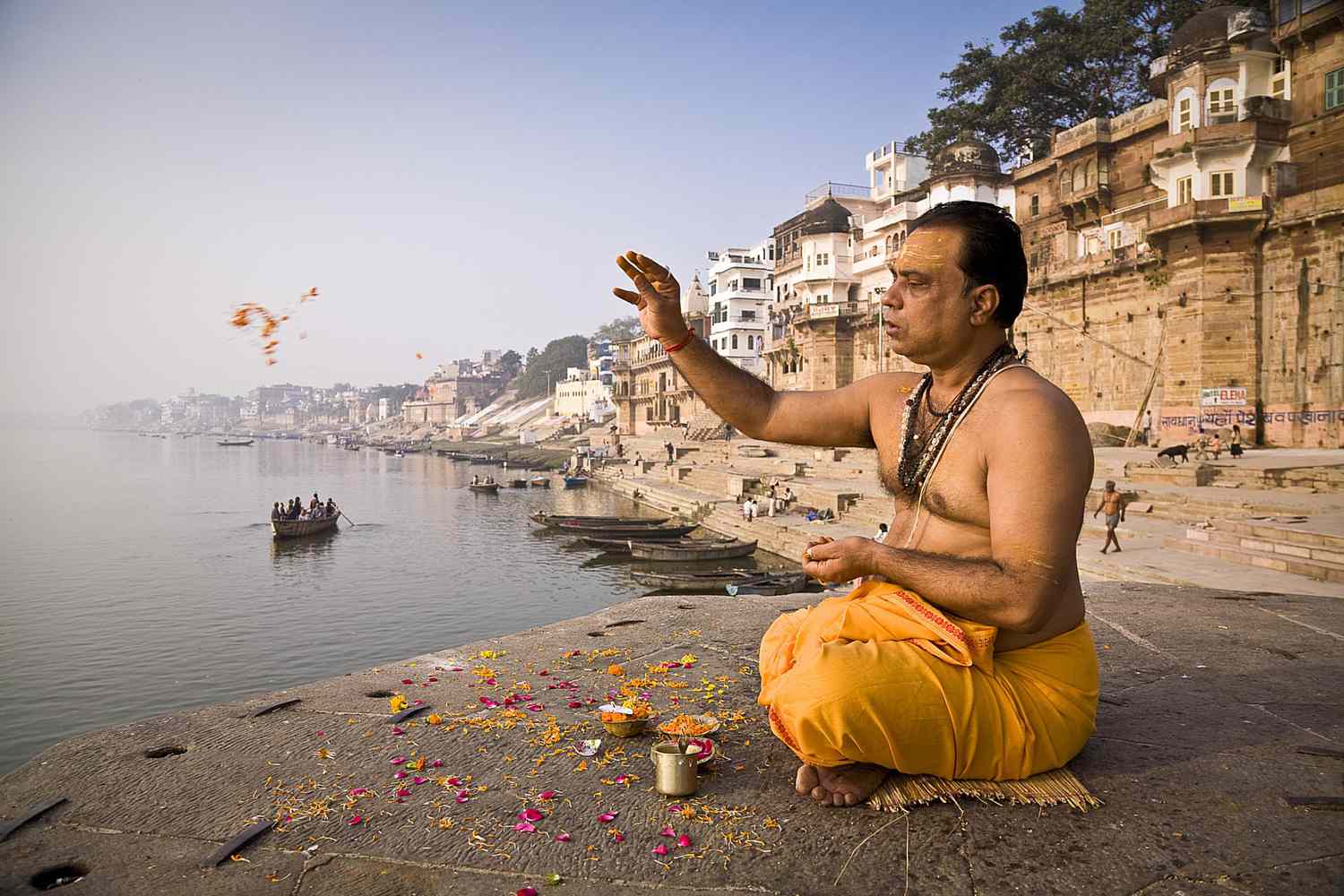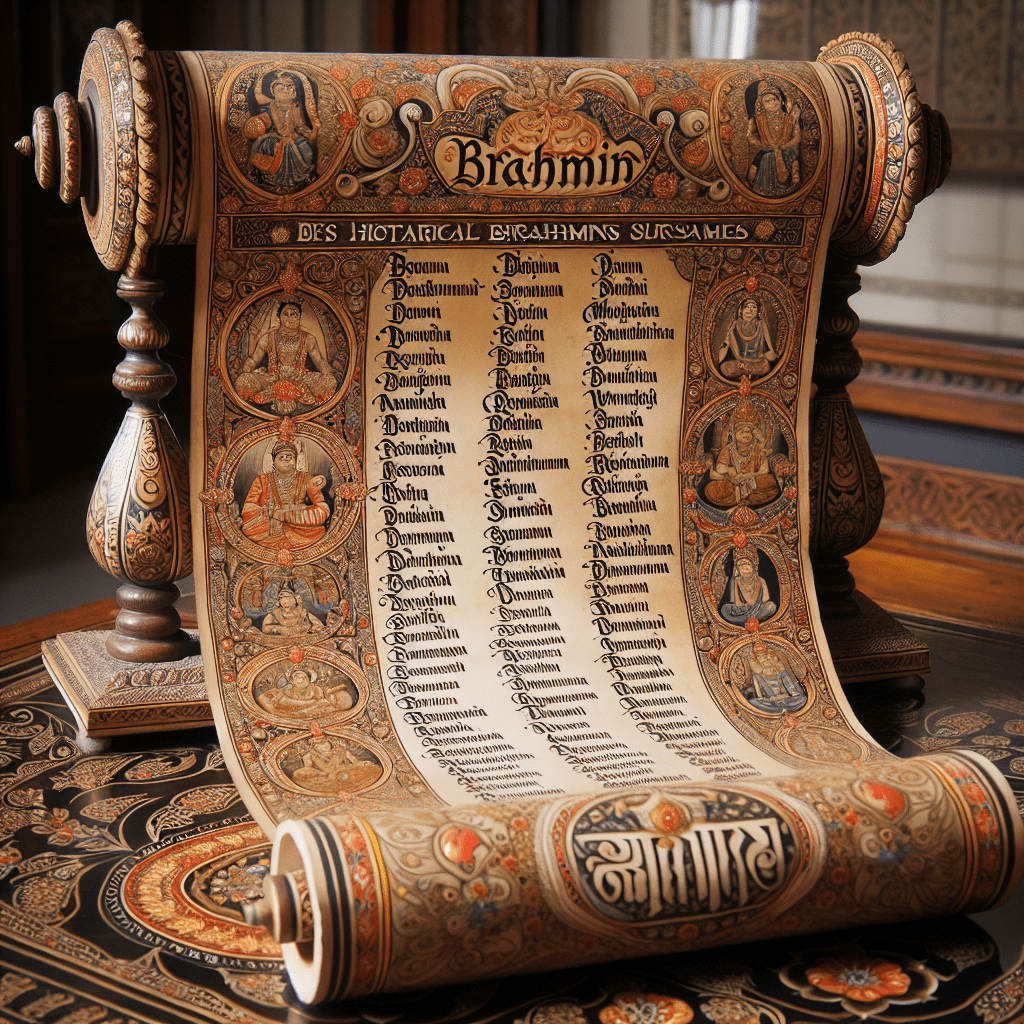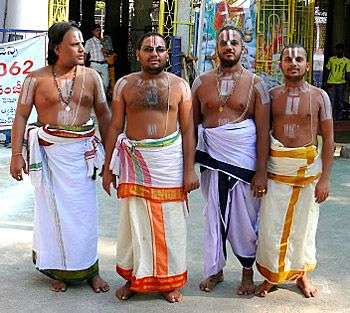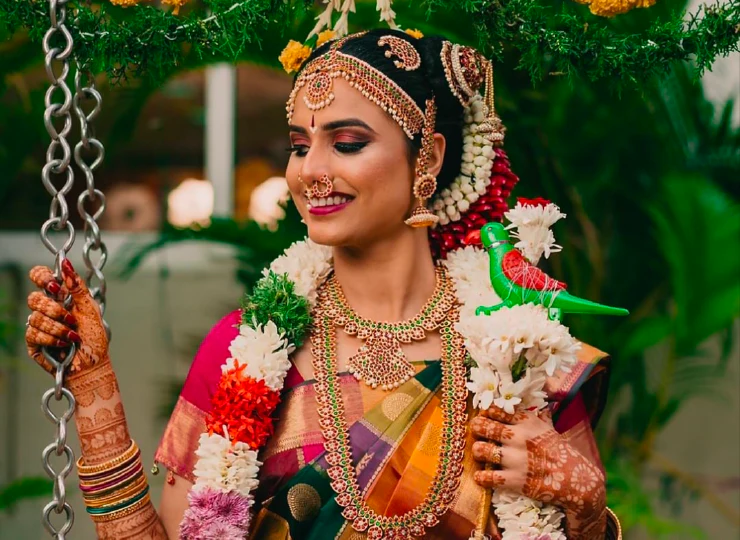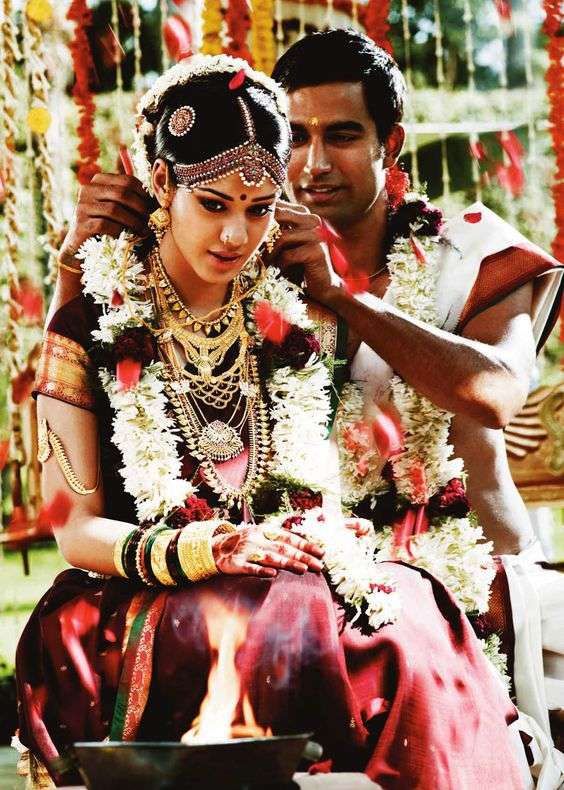Brahmin Caste Surnames List
-
Table of Contents
Introduction
The Brahmin caste is one of the highest social classes in the traditional Hindu caste system. Brahmins are considered to be the priestly class and are believed to have descended from the ancient Vedic scholars. In India, surnames are often used to indicate a person’s caste or social status. Therefore, Brahmin surnames are typically associated with individuals belonging to the Brahmin caste. Here is a list of some common Brahmin surnames: Sharma, Mishra, Tiwari, Tripathi, Pandey, Dubey, Chaturvedi, Bhatt, Joshi, Trivedi, Upadhyay, and Shukla. It is important to note that this list is not exhaustive, as there are numerous Brahmin surnames across different regions of India.
Exploring the Origins and Significance of Brahmin Caste Surnames
Brahmin Caste Surnames List
The Brahmin caste, also known as the priestly caste, holds a significant place in the Indian social hierarchy. With a rich history and deep-rooted traditions, Brahmins have played a crucial role in shaping the cultural and religious landscape of India. One of the distinguishing features of the Brahmin community is their surnames, which reflect their ancestry and social standing. In this article, we will explore the origins and significance of Brahmin caste surnames.
The practice of using surnames in India dates back to ancient times. Surnames were initially used to identify a person’s occupation, village, or lineage. Over time, these surnames became hereditary, passed down from one generation to the next. Brahmin surnames, in particular, have a unique significance as they often denote the family’s traditional occupation or the region they hail from.
One common type of Brahmin surname is based on the family’s occupation. For example, surnames like Sharma, Mishra, and Tiwari indicate that the family’s ancestors were scholars or priests. These surnames are derived from Sanskrit words that describe the qualities or duties of a Brahmin. Sharma, for instance, means “one who brings joy,” while Mishra means “mixed” or “blended.” These surnames not only reflect the Brahmin’s ancestral occupation but also carry a sense of pride and honor.
Another category of Brahmin surnames is based on the region or village the family belongs to. These surnames often end with the suffix “-kar” or “-puri,” indicating the place of origin. For instance, Deshpande means “from the country” and refers to someone from the Deccan region, while Bhatta signifies a Brahmin from the Bhatgaon village. These surnames not only provide a sense of identity but also serve as a reminder of the family’s roots and heritage.
It is important to note that Brahmin surnames are not limited to a specific region or occupation. The Brahmin community is diverse and spread across different parts of India, each with its own set of surnames. For example, in the southern states of India, Brahmins often have surnames like Iyer, Iyengar, and Namboodiri, while in the northern states, surnames like Chaturvedi, Tripathi, and Dwivedi are more common. These regional variations in surnames reflect the cultural diversity within the Brahmin community.
In addition to their historical and regional significance, Brahmin surnames also play a role in social interactions and marriages within the community. In traditional Brahmin families, surnames are considered an important factor when considering a potential match for marriage. Families often seek alliances with others who share the same surname or belong to a similar occupational or regional background. This practice helps maintain social cohesion and preserves the cultural traditions of the Brahmin community.
Unveiling the Diversity and Regional Variations in Brahmin Caste Surnames
Brahmins, the highest caste in the Hindu social hierarchy, have a rich and diverse history that spans thousands of years. One of the ways this diversity is reflected is through the surnames that Brahmins carry. These surnames not only indicate their caste but also reveal their regional origins and cultural heritage. In this article, we will delve into the fascinating world of Brahmin caste surnames, exploring the various regional variations and shedding light on the diversity within this esteemed community.
The Brahmin caste is divided into several sub-castes, each with its own distinct surnames. These surnames often reflect the occupation or profession of the Brahmin family. For example, the surname Sharma is commonly associated with Brahmins who were priests or scholars, while the surname Bhatt is often found among Brahmins who were teachers or learned individuals. These surnames not only serve as a marker of caste but also provide insights into the historical roles and occupations of Brahmins in different regions of India.
Moving beyond the general categorization, Brahmin surnames also vary significantly across different regions of India. In the northern states of Uttar Pradesh and Bihar, surnames like Mishra, Tiwari, and Pandey are prevalent among Brahmins. These surnames have their roots in Sanskrit and are often associated with the Brahmins who migrated to these regions centuries ago. On the other hand, in the southern states of Tamil Nadu and Kerala, surnames like Iyer and Namboodiri are more common. These surnames reflect the Dravidian influence on Brahmin culture and highlight the distinct regional variations within the Brahmin community.
Furthermore, Brahmin surnames also exhibit variations based on linguistic and cultural differences. For instance, in Maharashtra, Brahmins often carry surnames like Deshmukh, Joshi, and Kulkarni, which are derived from Marathi language and culture. Similarly, in Bengal, Brahmins have surnames like Chatterjee, Mukherjee, and Bhattacharya, which are rooted in Bengali language and traditions. These linguistic and cultural variations in Brahmin surnames not only reflect the diversity within the community but also highlight the influence of regional languages and customs on Brahmin identity.
It is important to note that while surnames provide valuable insights into the diversity and regional variations within the Brahmin caste, they should not be used to stereotype or generalize individuals. Brahmins, like any other community, are a diverse group of people with their own unique identities and experiences. Surnames should be seen as a part of their cultural heritage rather than a means to judge or categorize individuals.
Understanding the Evolution and Modern-day Relevance of Brahmin Caste Surnames
Brahmin Caste Surnames List
The Brahmin caste, also known as the priestly caste, holds a significant place in the social structure of India. Brahmins are considered to be the highest caste and are traditionally associated with religious and scholarly pursuits. One of the distinguishing features of the Brahmin community is their use of surnames, which have evolved over centuries and continue to hold relevance in modern times.
The evolution of Brahmin surnames can be traced back to ancient times when the caste system was first established. During this period, surnames were primarily based on the occupation or profession of an individual. Brahmins, being associated with religious and scholarly activities, adopted surnames that reflected their role in society. These surnames often denoted their ancestral village, occupation, or family lineage.
Over time, as the Brahmin community spread across different regions of India, their surnames also diversified. Each region developed its own set of surnames, influenced by local customs, languages, and traditions. For example, Brahmins in the northern part of India often have surnames like Sharma, Mishra, or Tiwari, while those in the southern part may have surnames like Iyer, Iyengar, or Sastri.
The significance of Brahmin surnames goes beyond mere identification. They serve as a marker of social status and lineage within the community. Brahmins with certain surnames are often accorded more respect and prestige, as their lineage can be traced back to renowned scholars and priests of the past. These surnames act as a symbol of the family’s intellectual and spiritual heritage.
In modern times, Brahmin surnames continue to play a role in social interactions and matrimonial alliances. When two families consider a marriage proposal, the surnames of the prospective bride and groom are often taken into account. This is done to ensure compatibility and maintain the purity of the Brahmin lineage. It is believed that marrying within the same surname helps preserve the family’s cultural and intellectual traditions.
However, it is important to note that the relevance of Brahmin surnames is not limited to the Brahmin community alone. These surnames have become a part of the larger Indian society and are recognized by people from all castes and communities. They serve as a means of identification and can provide insights into a person’s background and cultural heritage.
In recent years, there has been a growing awareness and debate about the caste system in India. Many argue that the caste system perpetuates inequality and discrimination, while others believe that it is an integral part of Indian culture and tradition. The role of Brahmin surnames in this context is complex. While they can reinforce social divisions, they also serve as a reminder of the rich intellectual and cultural heritage of the Brahmin community.
Brahmin surnames have evolved over centuries and continue to hold relevance in modern times. They reflect the occupation, lineage, and regional affiliations of the Brahmin community. These surnames play a significant role in social interactions, matrimonial alliances, and the preservation of cultural traditions. However, their significance extends beyond the Brahmin community and is recognized by people from all walks of life. While the caste system and Brahmin surnames may be subject to debate, they remain an integral part of India’s social fabric.
List Of Most Common Brahmin Surnames By Region
Telugu Brahmin Surnames
- Bhagavatula
- Common in Andhra Pradesh and Telangana. The meaning is not listed.
- Battula
- Means “soldiers” or “warriors.” Likely has a Sanskrit origin.
- Chaturvedula
- Predominantly found in Andhra Pradesh and Telangana. Connotes bravery, logical thinking, and compassion.
- Deekshitulu
- Variants: Dheekshithulu, Dekshithulu, Deekshuthulu, and Dikishitulu. Notable bearer: Telugu writer Deekshitulu Chinta of Dangeru village.
- Josyula
- Predominantly found in Andhra Pradesh and Telangana. Symbolizes proactivity and self-discipline.
- Navuluri
- Toponymic surname from a village between Vijayawada and Guntur in Andhra Pradesh.
- Sharma
- Means “joy” or “prosperity” in Sanskrit. Common among Indian Brahmins.
- Sastry
- Means “one who is proficient in the Sastras” in Sanskrit. Variants: Shastri and Sastri.
- Saurashtra
- Means “the land of the sun.” Refers to sun worshippers and builders of sun temples.
- Upadhyayula
- Means “teacher” or “guru” in Sanskrit.
- Vardhamana
- Means “prosperous” or “thriving” in Sanskrit. Childhood name of Lord Mahavira.
Other Telugu Brahmin surnames include Dwibhashyam, Mishrula, Saraswatula, and Shashtrula.
Bengali Brahmin Surnames
- Adhikari
- Means “officer.” Found among Bengalis, Biharis, Sinhalese, Marathis, Odias, Nepalese, and Kumaonis.
- Bagchi
- Common among Barendra Brahmins of Sandilya Gotra. Likely toponymic origin.
- Bandyopadhyay / Banerjee
- Refers to “a teacher or priest from Bandoghat village.”
- Bhaduri
- Toponymic origin, referring to Brahmins from Bhadur village in West Bengal.
- Bhattacharya / Bhattacharjee
- Means “Vedic priest” and “teacher” in Sanskrit.
- Chakraborty
- Formed from “Chakra” (wheel) and “Vart” (to roll).
- Chattopadhyay / Chatterjee
- Refers to “a teacher or priest from Chatta village.”
- Choudhary
- Means “holder of four,” denoting a measure of land.
- Dasgupta
- Combines “Das” (devotee) and “Gupta” (protector).
- Gangopadhyay / Ganguly
- Likely refers to “teachers from Gangul Village” or “teachers by the Ganges river.”
- Ghatak
- Means “one who brings about events” or “one who makes things happen.”
- Ghoshal
- Derived from “Goushal” (cow-shed).
- Kanjilal
- Common among Bengali Brahmins in West Bengal, Jharkhand, and Odisha.
- Lahiri
- Toponymic origin, referring to those from Laheria village.
- Maitra / Moitra
- Likely toponymic origin, referring to Brahmins from Maitreya village.
- Majumdar / Mazumdar
- Combines “Majmua” (collection) and “dar” (keeper).
- Mukhopadhyay / Mukherjee
- Means “chief priest” or “headteacher.”
- Roy
- Variant of “Rai,” meaning “king” or “ruler” in Sanskrit.
- Sanyal
- Toponymic origin, referring to Brahmins from Sen Lal village.
- Tagore / Thakur
- Derived from “Thakur,” meaning “lord” or “master.”
Other Bengali Brahmin surnames include Joardar, Kanjilal, and Patitunda.
Marathi and Kannada Brahmin Surnames
- Airani
- Toponymic surname from Airani village in Karnataka.
- Apte
- Associated with Chitpavan Brahmins. Refers to the yellow bell orchid tree.
- Bhatta
- Means “Vedic priest” or “scholar.”
- Desai
- Combines “Desa” (country) and “Swami” (lord).
- Deshmukh
- Means “head of the state” or “region.”
- Deshpande
- Combines “Desh” (country) and “Pande” (accountant).
- Fadnavis / Phadnis / Phadnavis
- Means “maker of lists.”
- Garge
- Used by the Deshastha Brahmin group in Maharashtra and Karnataka.
- Gokhale
- Common among the Chitpawan community. Derived from “gokhla” (cow eye).
- Hegde
- Derived from “pergade” (chief) in Old Kannada.
- Joshi
- Refers to an astrologer. Derived from “Jyotisha” (Vedic Astrology and astronomy).
- Kulkarni
- Combines “Kul” (clan) and “Karni” (archivist).
- Patil
- Means “head” or “chief” in Marathi.
- Padhye
- Diminutive of “Upadhyaya” (priest or teacher).
- Rao
- Derived from “Raja” (king or chief).
- Shrirame
- Refers to “Lord Rama” or “Lord Vishnu.”
- Thakur
- Signifies “God” and is prevalent in Maharashtra, Bihar, and Jharkhand.
- Vaidya
- Means “physician” or “knowledgeable individual.”
- Varne
- Derived from “Var” (above) or “varnan” (narration).
Gujarati Brahmin Surnames
- Bhatt
- Means “Vedic priest” or “scholar.”
- Dave
- Prevalent among Audichya Brahmins from Gujarat.
- Pandya
- Signifies scholarly or teaching background. Found in Gujarat, Maharashtra, and Rajasthan.
- Thaker
- Variant of “Thakur,” meaning “lord” or “master.” Origin attributed to Kashiraj Thaker.
- Upadhyay
- Means “teacher of the Vedas” or “chief priest.”
- Vyasa
- Means “compiler.”
Tamil Brahmin Surnames
- Dikshitar
- Associated with Shaivite Brahmins of the Nataraja temple in Chidambaram.
- Gurukkal
- Derived from “Guru” (teacher) with the suffix “Kkal” (plurality).
- Iyer / Aiyar
- Derived from “Arya,” meaning “wise” or “honorable.”
- Iyengar
- Derived from “Arya,” meaning “wise” or “honorable.”
- Rajan
- Signifies “king.” Derived from “rajanah.”
- Raman
- Refers to a descendant of Raghuvamsa (Hindu deity Rama).
- Vadama
- Refers to “Northerners.” Derived from “Vadakku” (north).
- Vathima
- Refers to a subdivision within the Iyer community. Derived from “Madhyama” (central part).
Assamese Brahmin Surnames
- Acharya / Acharjee
- Refers to “teacher” or “instructor.”
- Baruah
- Originally a title for Buruk clan members with significant military positions.
- Bhagavati
- Means “fortunate” or “prosperity.” Another name for Goddess Durga.
- Bora
- Common Brahmin surname in Assam. Originally a high military position or title.
- Gayen
- Means “singer” or “praiser.” Occupational surname for bards.
- Goswami
- Combines “Go” (cattle) and “Swami” (lord).
- Pathak
- Means “teacher” or “scholar.”
- Siddhanta
- Means “axiom” or “principle.” Referred to teachers and priests.
Other Assamese Brahmin surnames include Bardalai, Khound, Shrutikar, and Tamuli.
Bihari Brahmin Surnames
- Chaturvedi
- Means “a person who knows the four Vedas.” Related to Chaubey.
- Kashyap
- Refers to a rishi (hermit or saint). Members also known as Kanshilyas or Koshyals.
- Mishra
- Means “blended” or “mixed.” Refers to Vedic text scholars.
- Ojha
-
- Means “astrologer.” Common in Bihar and Uttar Pradesh.
- Jha- Arrived From Mithilanchal Bihar, Mostly the scholars
- Pandey
- Means “scholar” or “teacher.”
- Sastri / Shastri
- Means “scholar” or “teacher of the scriptures.”
- Thakur
- Means “lord” or “master.”
Odia Brahmin Surnames
- Acharya
- Means “teacher.” Refers to instructors and priests.
- Pattanaik
- Toponymic surname derived from “Pattanaik,” meaning “chief of the region.”
- Panigrahi
- Derived from “Pani” (hand) and “grahi” (acceptor), related to marriage rituals.
- Pattjoshi
- Signifies priests or teachers from Puri. Combination of “Patt” (document) and “Joshi” (astrologer).
- Dandekar
- Derived from “Dandaka,” a forest in ancient India. Common in Maharashtra and Odisha.
- Mahapatra
- Means “great patron” or “chief priest.”
- Nayak
- Means “leader” or “hero.”
- Tripathy / Tripathi
- Means “one who has studied three Vedas.”
Kashmiri Pandit Surnames
- Kaul
- Derived from “Kula” (clan). Refers to Kula Shastra followers.
- Khar
- Means “intelligent” or “wise.”
- Razdan
- Derived from “Raaza” (cooking utensil). Occupational surname.
- Sopori
- Toponymic surname from Sopore region.
- Pandit
- Means “scholar” or “teacher.” Common among Kashmiri Brahmins.
- Tikku
- Derived from “Tikka,” meaning “mark.” Symbolic reference.
- Zutshi
- Means “honest” or “genuine.” Refers to trusted advisors.
Source- Momjunction
Conclusion
In conclusion, the Brahmin caste in India has a wide range of surnames that are associated with their social and cultural identity. These surnames often reflect their ancestral occupation, geographical origin, or specific rituals and practices. The Brahmin caste surnames list is extensive and diverse, showcasing the rich diversity within this community.
🕉️ FAQ — Understanding the Brahmin Community
Q: Who are the top 7 Brahmin castes?
A: Prominent Brahmin sub-groups across India include:
-
Saraswat Brahmin
-
Gaur Brahmin
-
Iyer (Tamil Nadu)
-
Iyengar (Tamil Nadu)
-
Namboothiri (Kerala)
-
Deshastha (Maharashtra, Karnataka)
-
Kashmiri Pandit (Jammu & Kashmir)
Each has regional traditions, lineages, and dialects.
Q: What does it mean to be a Brahmin?
A: Traditionally, being a Brahmin meant belonging to the priestly and scholarly class in Hindu society — devoted to learning, teaching the Vedas, and performing spiritual rituals. Today it represents a cultural and ancestral identity rather than an occupation.
Q: Which caste is Brahmin?
A: Brahmin is one of the four major varnas in Hinduism — the group historically linked with education, philosophy, and temple rituals.
Q: Is Brahmin OBC or General category?
A: In most Indian states, Brahmins fall under the General (Unreserved) category. However, some sub-groups may receive regional classification depending on local state policies.
Q: Is Brahmin royal?
A: Brahmins are not traditionally royal. They served mainly as priests, teachers, and advisors to kings rather than rulers. Royal status was more associated with the Kshatriya varna.
Q: Who is a true Brahmin?
A: Scriptures define a true Brahmin as one who lives by truth, compassion, knowledge, and self-discipline, regardless of birth. Righteous conduct and learning are seen as greater than lineage.
Q: Which Hindu god is Brahmin?
A: The creator god Lord Brahma is associated with the origin of knowledge and creation — though Hinduism holds that divinity transcends caste or human divisions.
Q: What does Krishna say about Brahmins?
A: In the Bhagavad Gita (Chapter 18), Lord Krishna says a Brahmin is marked by serenity, self-control, purity, forgiveness, and faith — qualities earned through conduct, not birth.
Q: Who is the famous Brahmin?
A: Historically known Brahmins include Adi Shankaracharya (philosopher), Chanakya (scholar and strategist), Ramanujacharya, Swami Vivekananda, and modern figures such as Dr. S. Radhakrishnan, India’s second President.
Mystery From the Sky: The Buga Sphere Appears in Colombia
Oumuamua: The Mysterious Interstellar Visitor and the Cosmic Message in Prashyant Jha’s Song
Hz Frequency Generator- Free Online Tone Generator
Also Read- 👉
👉What is 7 Hz good for? A careful, evidence-based guide (with references)
👉Cymatics: From 2D Sand Patterns to 3D Sound Sculptures
👉 Hz Frequency Generator- Free Online Tone Generator
👉 What Frequencies Are Dangerous to Humans? Understanding Risks from Sound to Radiation
👉How to do a Cymatic Experiment
👉What is the science behind cymatics?
👉 NASA-Approved 30-Min Brain Boost
👉 What Is The Healing Power Of Sound Wave
👉 What does 528 hz do to the brain?
👉 The 7 Healing Frequencies: Unlocking the Power of Sound for Wellness
👉 The Sacred Science of Yantras: How Cymatics Validates Ancient Tantric Geometry
👉 Is 1111 a Lucky Number? A Deep Dive into Its Mystical, Numerological, and Cultural Significance
People Also Read
- 2030 A Doomsday According to Indian Texts or Misinterpretation?
- The Glory of Narasimha Bhagwan: An Exploration of Ancient Indian History
- Medusa and Mansa Devi: The Untold Myths Connecting Greek and Hindu Traditions
- “The Enigmatic Link Between the Bermuda Triangle and Hindu Mythology of Ramayan: Unveiling the Mystery”
- why is mt. Kailash Considered to be a Sacred Site?
- How Eastern Wisdom Can Transform Your Modern Life.
- Lord Shani and Lord Yam : God of Karma for Living and Death
- In which direction Ganesh Idol should face.
- What is the logic for existence of God?
- Who Is Mahadev Shiv ?
- How to increase love for Krishna?
- Hanuman Chalisa English Lyrics| Bhajle Ram Naam | Prashyant Jha
Free AI Tools To test yourself
- Love Percentage Checker Tool – Check For Free!
- Soulmates Initial Finder
- Hz Frequency Generator- Free Online Tone Generator
- Mental Health Check In Tool [ FREE TEST ]
- Best Free Phone Photos Download
- Image Converter (Online & Free)
Seotoolrank.com Free Ai Tools
- RankVortex – Implies pulling traffic and SEO rankings toward you.
- How do I convert a PNG file to BMP?
- ConvertEase PDF
- Website Speed Checker Tool
- SEO Word Counter with Character Count
- Free Stopwatch and Online Timer Countdown
- Age Calculator Tool
- Password Generator Tool
- Qr Code Generator Free
- AI Story Generator Tool
- Blog Title Generator Tool [FREE]

